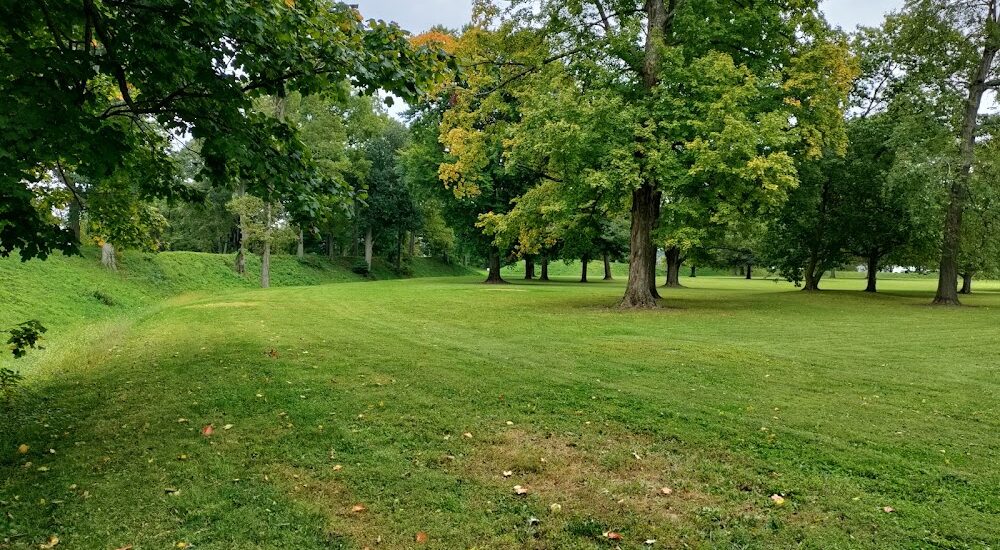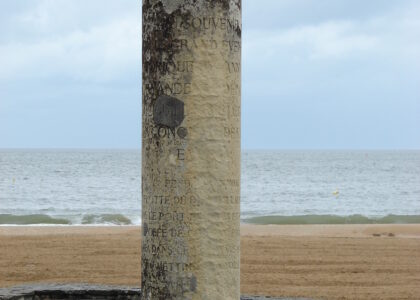Welcome to the Newark Earthworks, an extraordinary testament to the ingenuity and complexity of the Hopewell culture. Situated in what is now Newark and Heath, Ohio, the Newark Earthworks are the largest set of geometric earthen enclosures in the world. These remarkable structures were built between 100 BCE and 400 CE, during a period known as the Middle Woodland period, by the Hopewell culture—a network of Native American societies renowned for their sophisticated artistry and extensive trade networks.
The Newark Earthworks originally covered more than four square miles, although today only about 206 acres have been preserved. The complex consists of three primary sections: the Great Circle Earthworks, the Octagon Earthworks, and the Wright Earthworks. Each structure served multiple purposes, from ceremonial and social gatherings to astronomical observations. The Octagon Earthworks, for instance, functioned as a lunar observatory, meticulously designed to track the moon’s 18.6-year cycle.
A visit to the Great Circle Earthworks reveals one of the largest circular earthworks in the Americas. This monumental structure features an earthen wall that stands 8 feet high and surrounds a 5-foot-deep moat. The entrance is particularly grand, highlighting the engineering prowess of the Hopewell people. The Observatory Mound and Circle within the Octagon Earthworks are equally impressive, covering nearly 3,000 feet in length and capable of containing four Roman Colosseums.
The Newark Earthworks not only served as a focal point for Hopewell society but also attracted visitors from across North America. Evidence of this is found in artifacts such as copper from the Great Lakes, shells from the Gulf of Mexico, and obsidian from Wyoming, which have been unearthed at the site. These items were likely left as offerings during pilgrimages, underscoring the site’s significance as a spiritual and cultural hub.
In the mid-19th century, the site was surveyed by Ephraim G. Squier and Edwin Hamilton Davis, whose work significantly contributed to the early development of American archaeology. Their detailed studies were published in ‘Ancient Monuments of the Mississippi Valley,’ the first publication of the Smithsonian Institution.
Today, the Newark Earthworks continue to captivate scholars and visitors alike. Recently designated a UNESCO World Heritage Site, this location offers a unique window into the lives and beliefs of the Hopewell culture, reminding us of the rich history that has shaped the land we walk upon.



